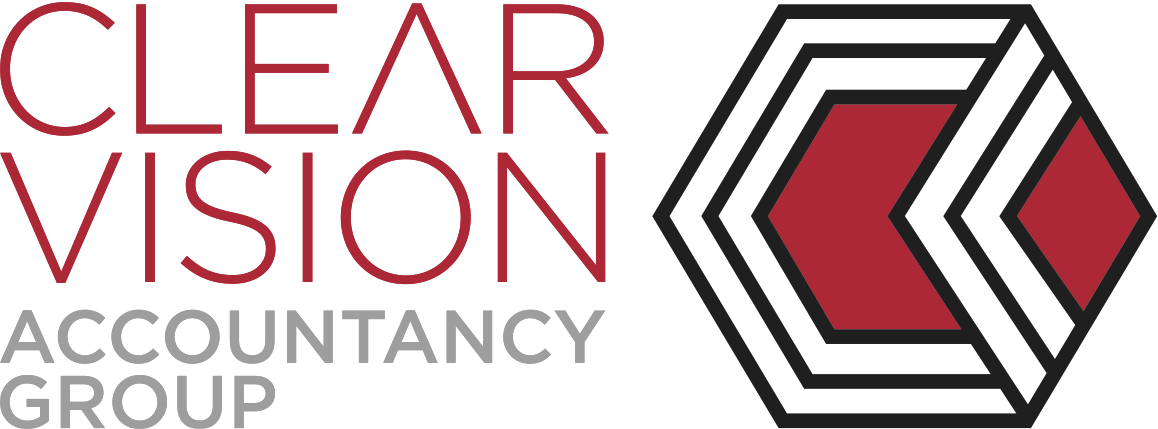Justin’s Better Business – Feb 2014
Welcome to my first “Better Business” edition for 2014.
This month I will talk about Client Advisory Boards. A relatively new concept but one that is important to every business.
Cheers,
Justin
Have you ever wondered what your customers really think of your business? We all know when they are unhappy – they either leave or ring to complain! However we very rarely get feedback on what some of the happy customers think!
These customers are using your business because you have a unique service, provide great value, offer good service, or trust you. However, these clients will all have little points or experiences that you can use to improve various facets of your business – perhaps product range or customer service.
Is this feedback important to you? Are you in business and want to continue to improve your business performance or image? If so, there are a number of ways to do this. A survey has been popular in the past but is slow and you lose the benefits of reading body language, tone and being able to dig deeper into the topic.
A new and very popular method being used is a Client Advisory Board. So what is a Client Advisory Board? It is a process where a facilitator external to the business, asks and invokes a series of questions and discussions about your business – while you aren’t there! Your absence is critical – it ensures you get a more honest and full explanation from a small group of your customers who are happy with you, but are open to putting ideas forward without having a potentially negative impact on your business.
Repeating this every 1-2 years will result in recurring positive results and will assist you in completing your strategic plan each year and ultimately your personal goals!
If this sounds like something you’d like more information on, please contact me on 4632 9077.
The post Justin’s Better Business – Feb 2014 appeared first on Clear Vision Accountancy Group.





